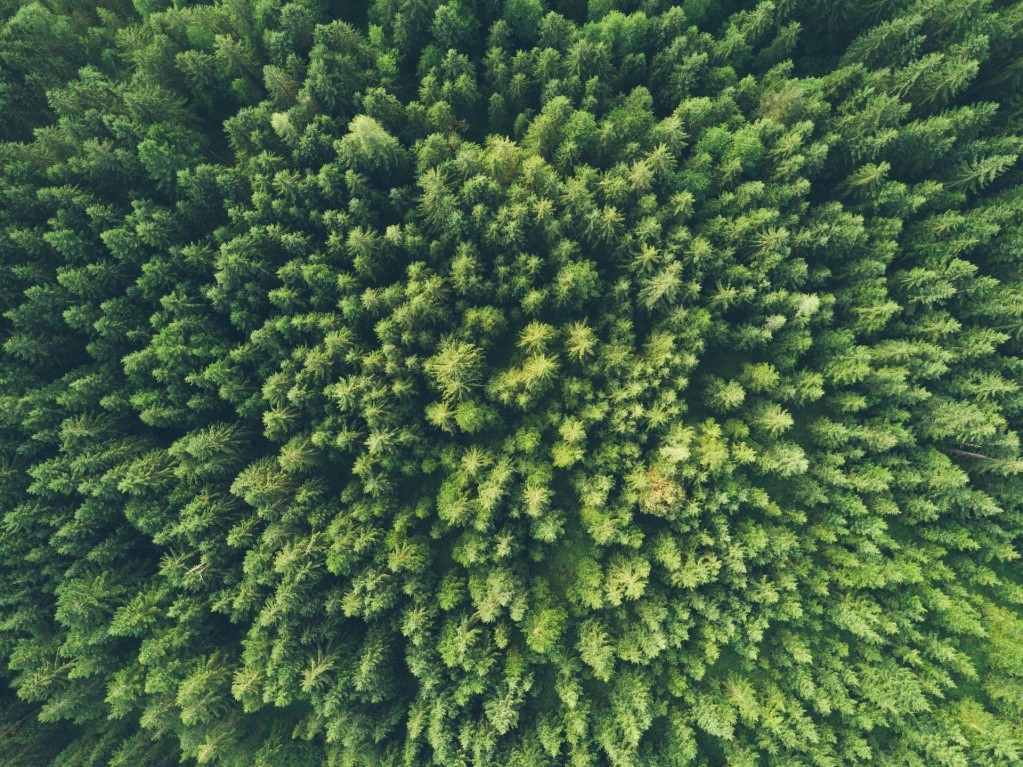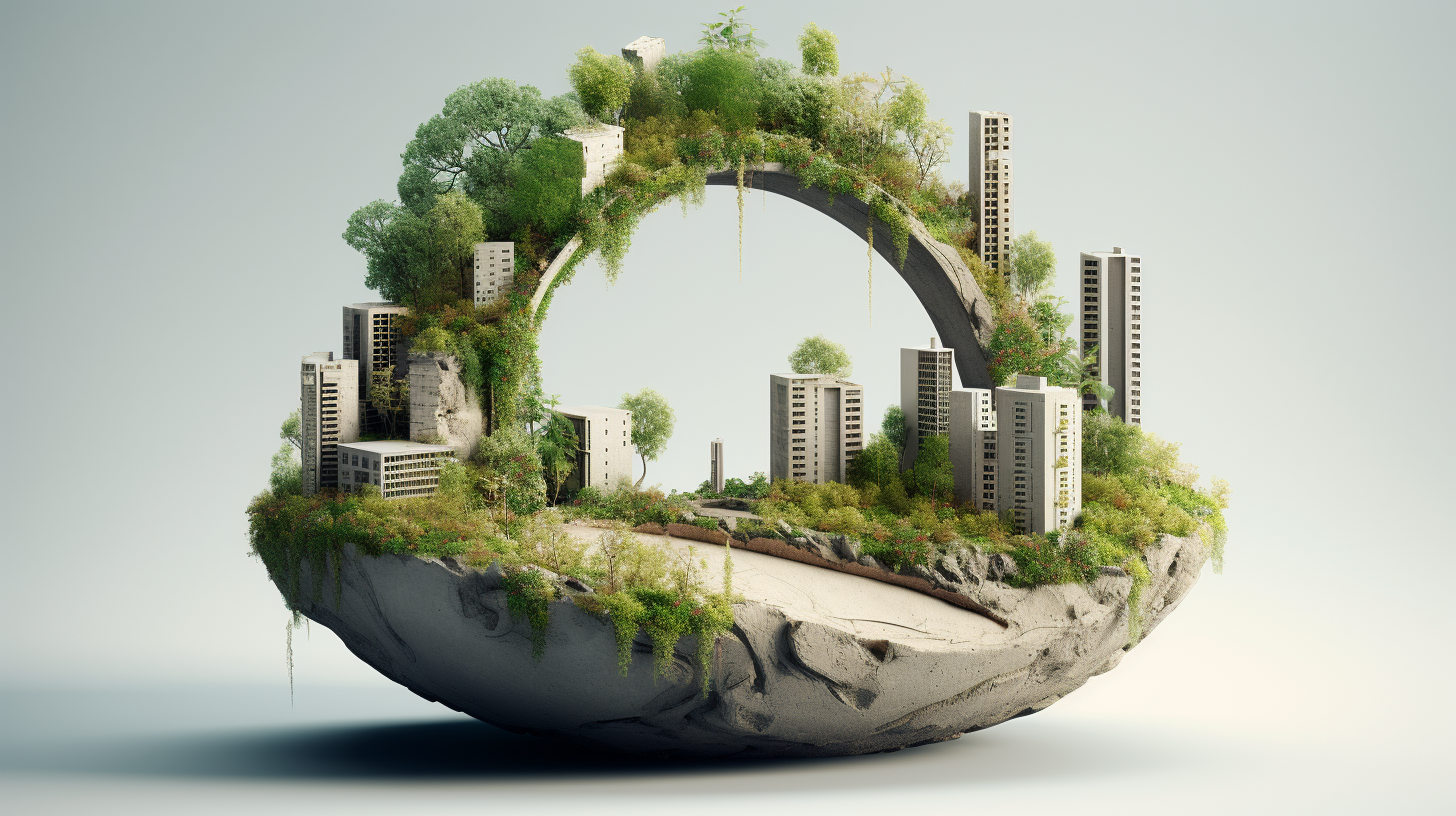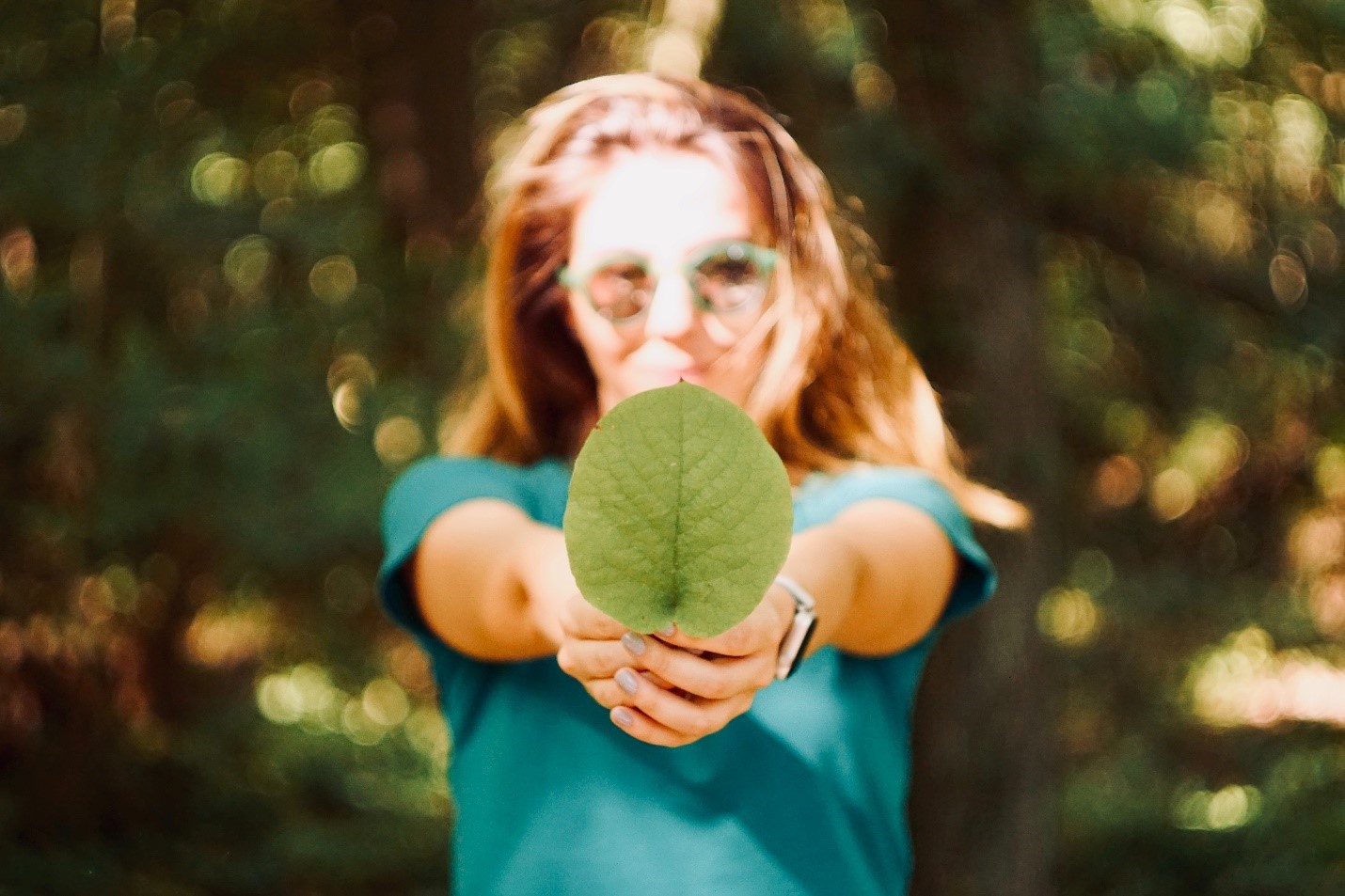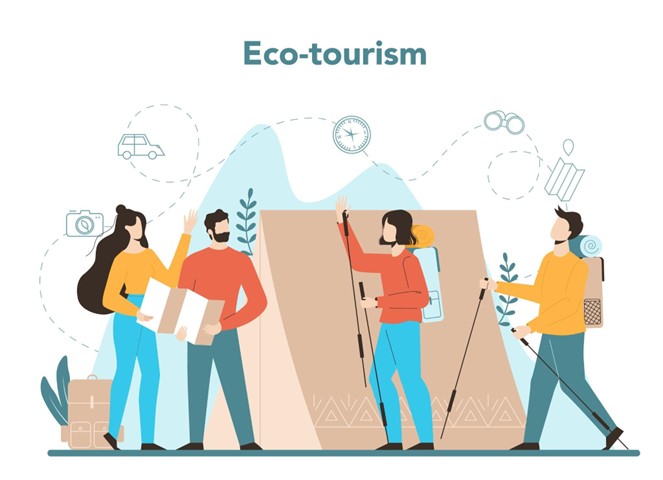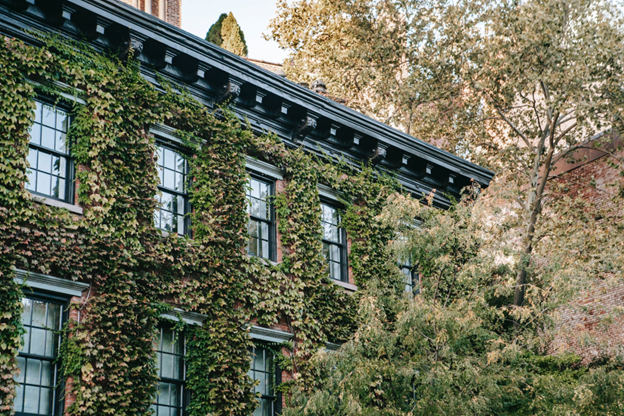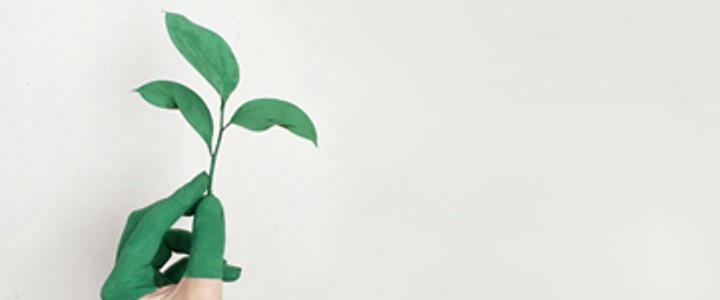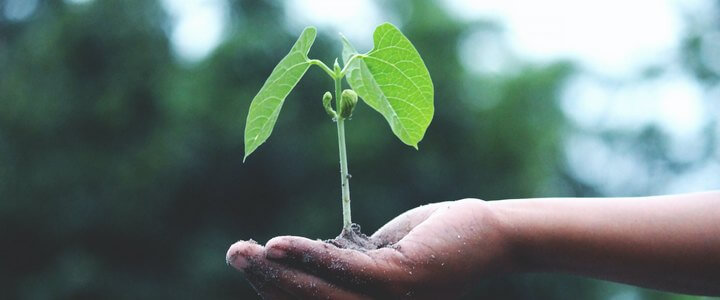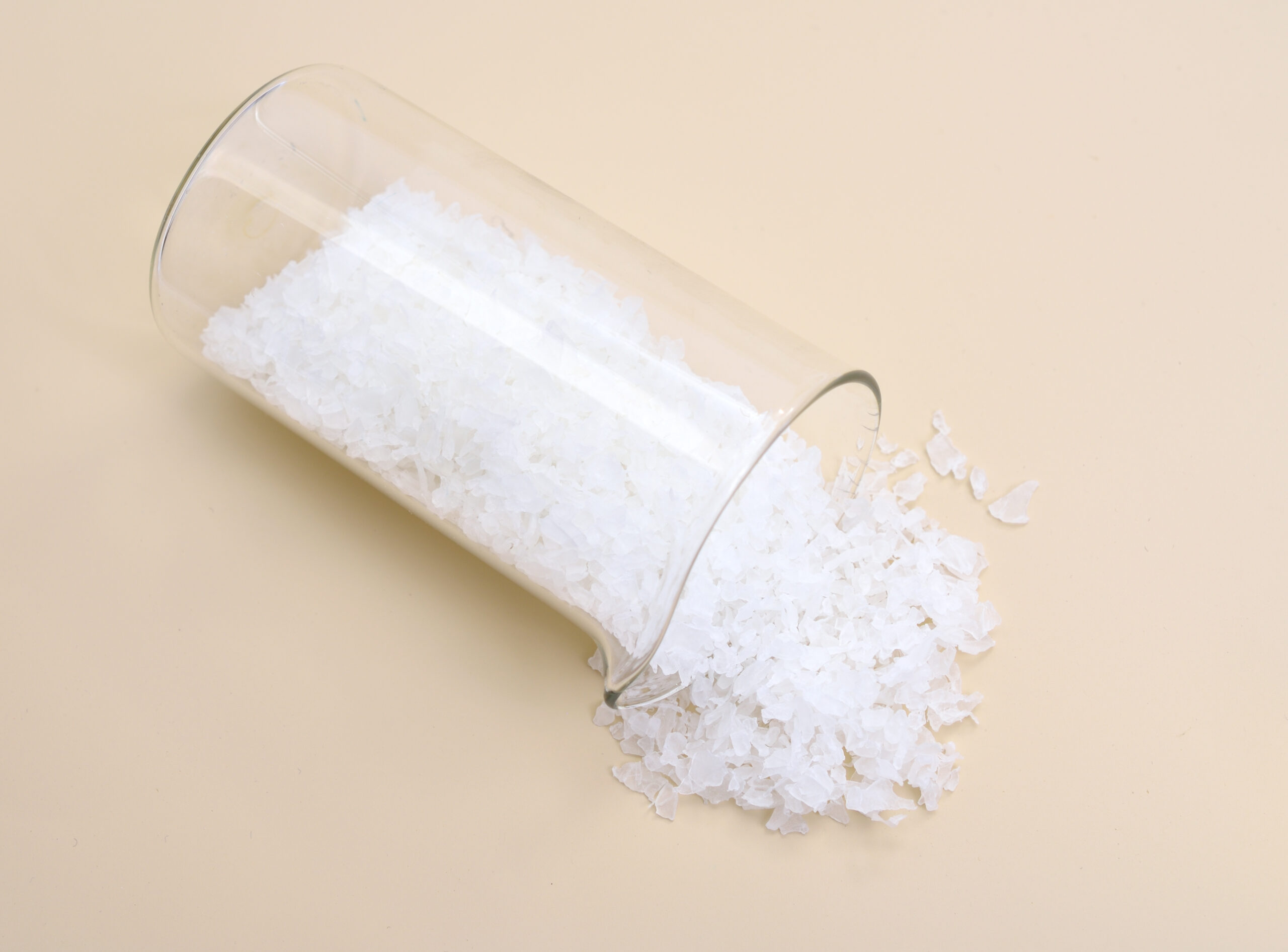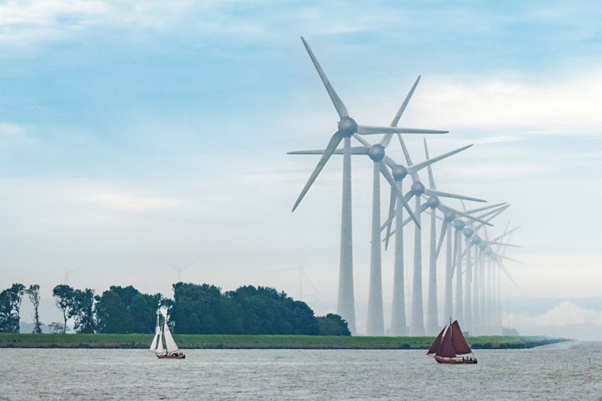Sustainable Shopping: 3 Clothing Fabrics to Look for (And 1 ‘False’ Friend)
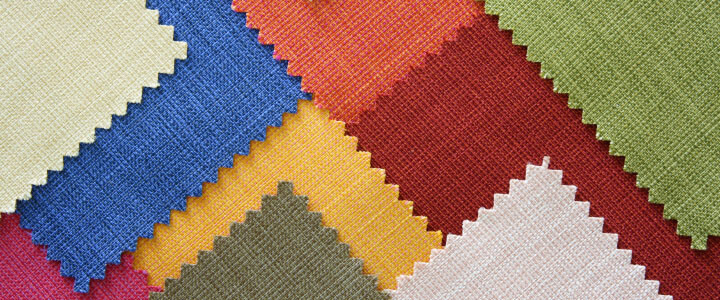
Fashion and sustainability. Those are two concepts that are often disconnected from each other, especially under the fast fashion reign.
But more and more people start to understand that a good style doesn’t necessarily imply fast fashion or expensive eco-friendly brands. The bankruptcy of Forever21, plus the increasing success of vintage and second-hand shops may be the most visible example of that turning tide.
However, while buying second hand is a noble way to shop for clothes, it’s not always possible.
But buying new can also be sustainable, and it doesn’t have to break the bank, as long as you know what to look for! The first step? Understanding the sustainability of clothing fabrics. Some fabrics may sound eco-friendly but aren’t. And at the opposite. Some fabric names can sound bad, but aren’t!
To make your life easier, this article covers 3 clothing fabrics to look for… and 1 to be careful with, even though it sounds sustainable!
Organic Cotton: Look for Certifications
While traditional cotton represents around 95% of the world’s demand for natural textiles, it isn’t an eco-friendly fabric.
Growing cotton requires a huge quantity of water and demand is so high that cotton producers have “no choice” but to use agrochemicals to grow the cotton faster. Instead, look for organic cotton!
Organic cotton is produced using ethical and sustainable growing and irrigation systems. No chemicals are used and the amount of water required is considerably reduced. It may be more expensive than traditional cotton, but its quality is higher and thereby, it will last longer!
Some clothes state that they are made of organic cotton but in reality only contain a small amount of it. To avoid greenwashing and make sure an item is really made of organic cotton, look for certifications such as the Global Organic Textile Standard (GOTS).
Hemp: Soil’s Best Friend
What mostly makes hemp a great eco-friendly fabric contender is its growing process. Hemp is a fast-growing plant and it is naturally pest resistant. This means no fertilisers or pesticides are needed to obtain a reasonable amount of hemp fibres.
Hemp is also one of the few clothing fabrics with a growing process that is beneficial to the soil. It requires only a small amount of water to grow and its deep roots clean the soil from toxins and prevent it from erosion.
Now, when people hear hemp, they often visualise a brown, scratchy fabric. It may have been the case in the past, but today’s technologies allow to turn hemp into an eco-friendly alternative to linen!
Hemp makes a good summer fabric as it’s breathable, protects from UV and absorbs moisture. Hemp fibres also work great when blended with other (sustainable) fabrics such as organic cotton, for an even softer feel.
Tencel: Man-Made Wonders
Here is one fabric that may sound bad, but isn’t!
Tencel is actually a brand, not a fibre. The fibre itself is called lyocell. But Tencel being the biggest producer of lyocell, it’s most likely “Tencel” that will be written on the clothing tag.
Yes, unlike hemp and organic cotton, Tencel is man-made. But it is what we call a wood-made “regenerated fibre”. In a few words, this means that as long as it’s not blended with synthetics, Tencel is an organic, biodegradable fabric.
When it comes to the manufacturing process, Tencel is using top-notch technology in terms of sustainability. In short, the process involves a non-toxic solvent and a closed-loop process that allows reusing up to 99% of the water and the solvent required during the process.
The result is a more breathable, softer and more bacteria resistant fabric than cotton. Which makes Tencel a great fabric for eco-friendly activewear. In fact, Tencel is even often considered as a more sustainable option than organic cotton, thanks to its closed-loop manufacturing process and its use of fast-growing wood (eucalyptus).
Bamboo: Watch out!
Bamboo is that “false” friend from the introduction. We’re not claiming bamboo isn’t an eco-friendly clothing fabric. But to this date, most of the bamboo used for clothes isn’t actually eco-friendly.
When it comes to producing truly sustainable bamboo fabric, there are 2 options.
- The first one is the mechanically obtained bamboo linen. That’s the most eco-friendly option. The problem? It’s not as soft as you’d expect and it’s expensive to produce.
- The second option is bamboo fabric using the same closed-loop manufacturing process as Tencel. But good luck finding it on the market.
In reality, most of the soft bamboo clothes on the market are made using the same chemical and energy-intensive manufacturing process as rayon and viscose products.
How to know which kind of bamboo fabric an item is made of? Well, if “bamboo viscose” or “bamboo rayon” is written on the tag, it isn’t a good sign.

